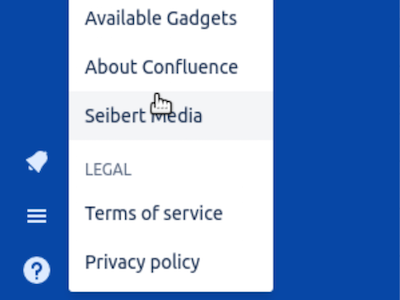We integrated the basic app and the webhooks in the first part of this tutorial, so now we will look at how to further integrate apps into our Confluence Cloud development instance.
Confluence Cloud apps with Spring Boot and Atlassian Connect (Part 2)







